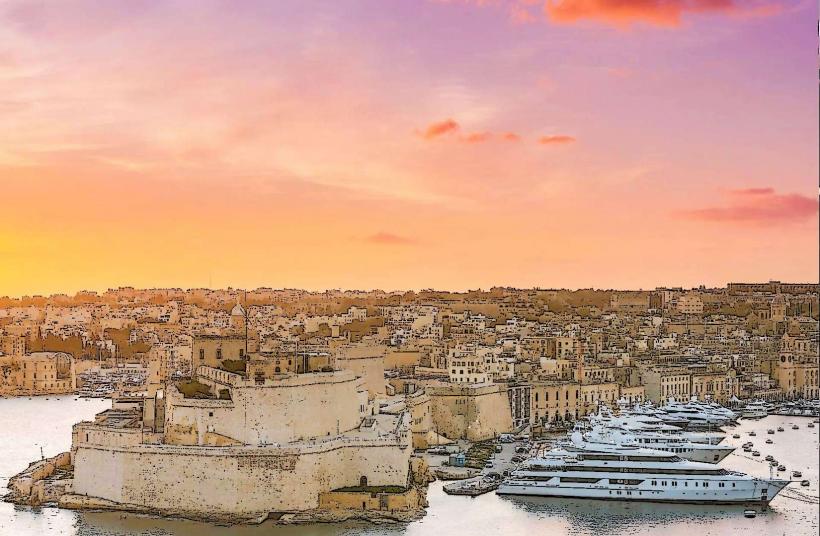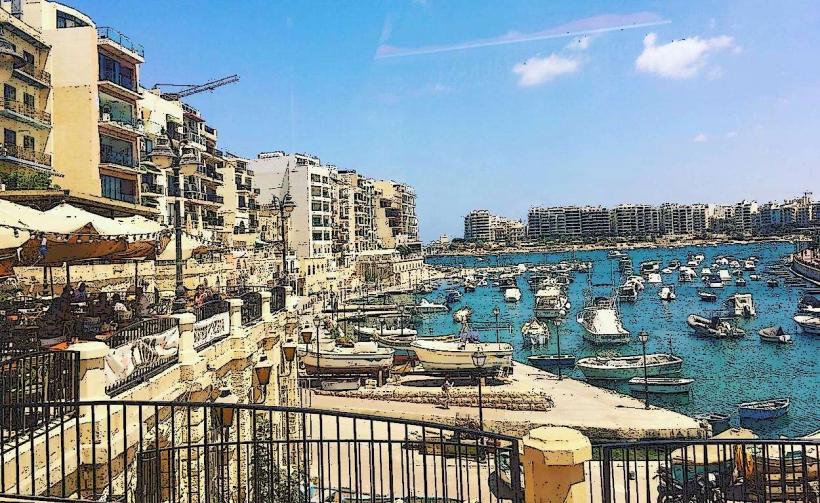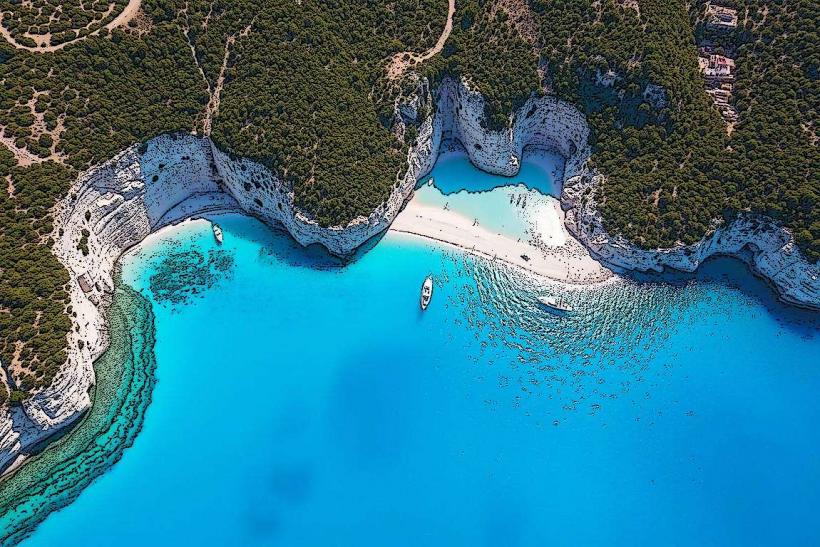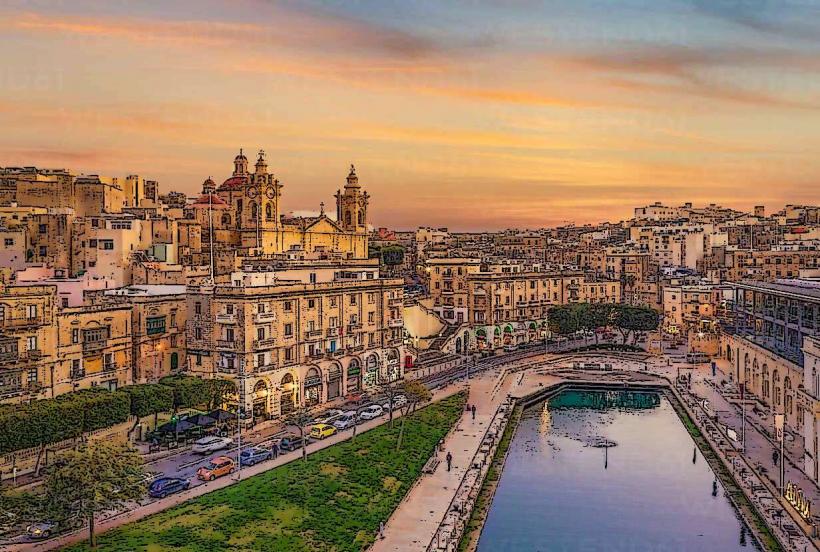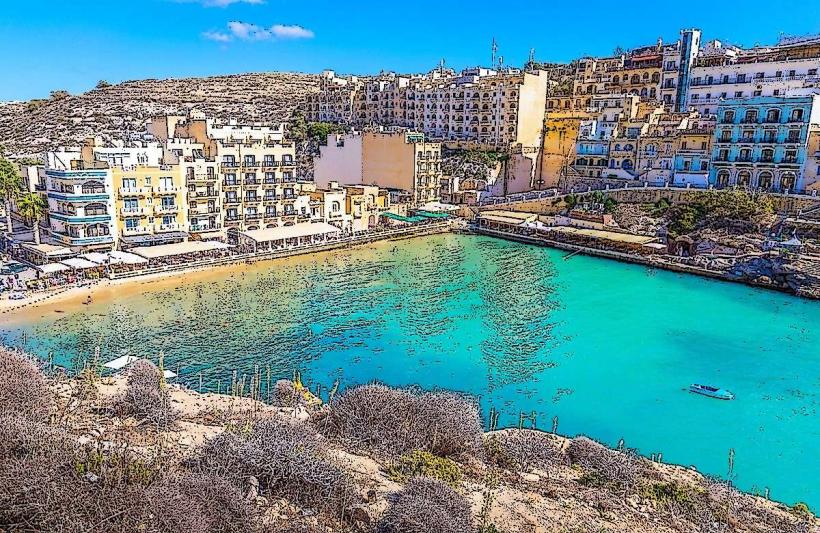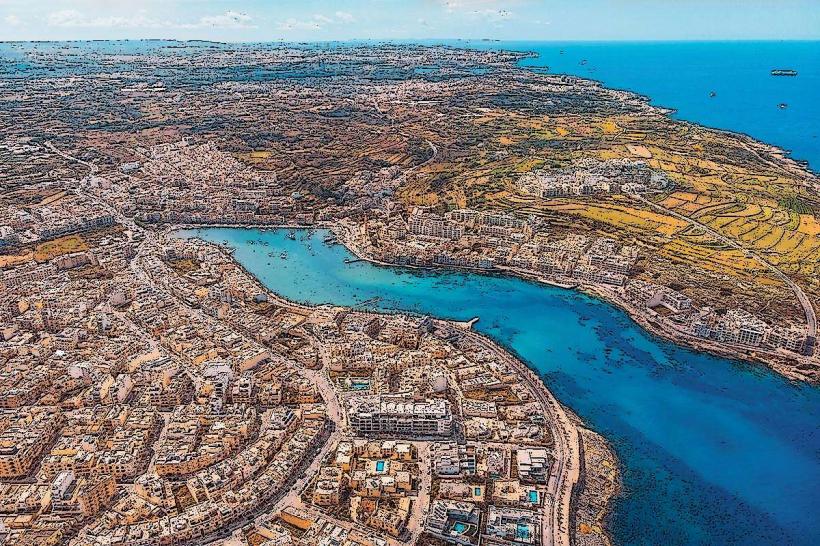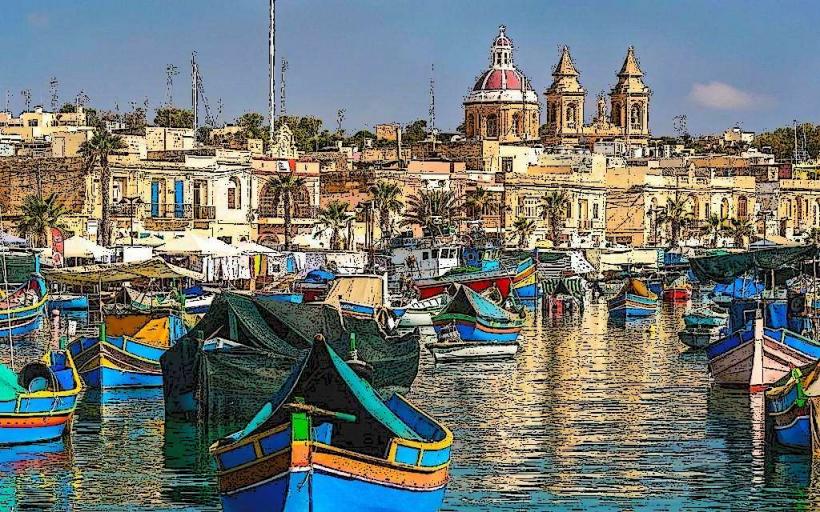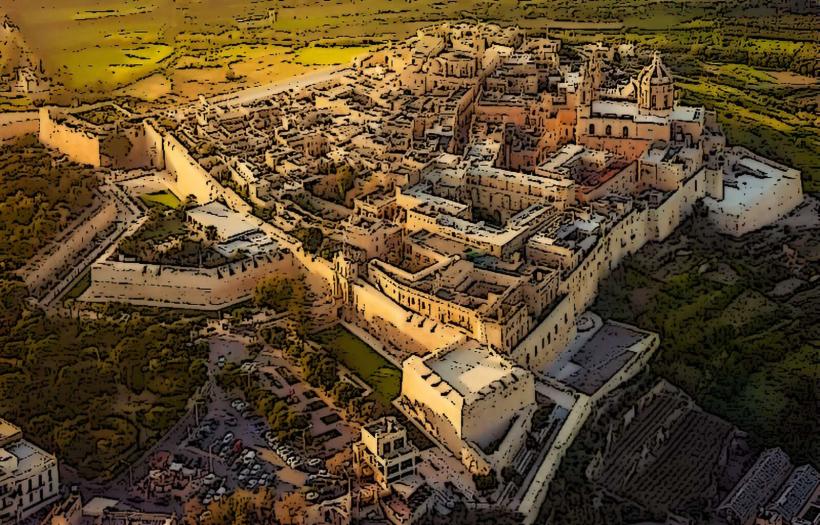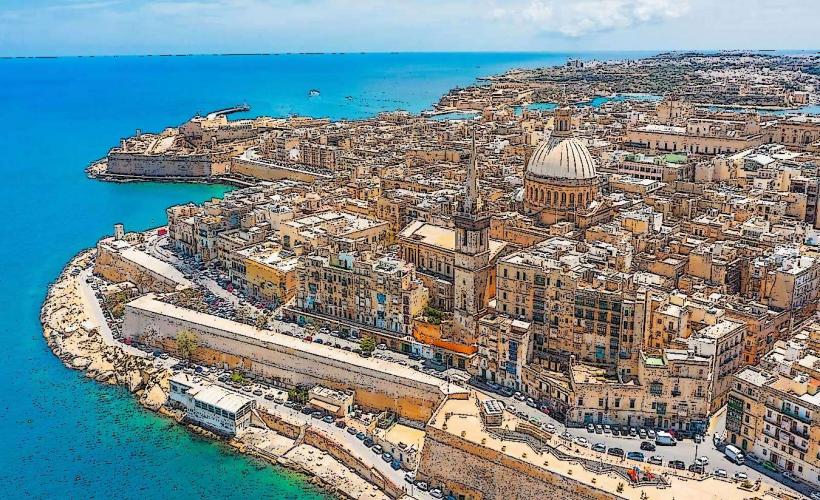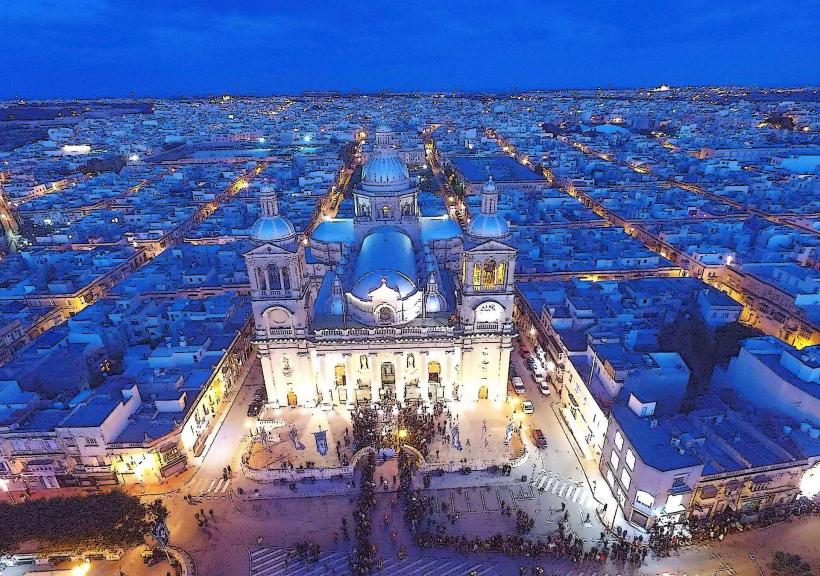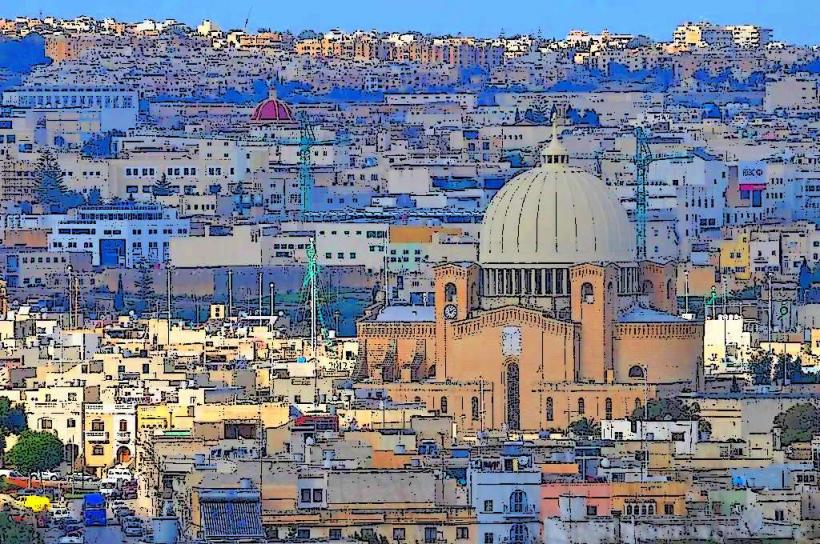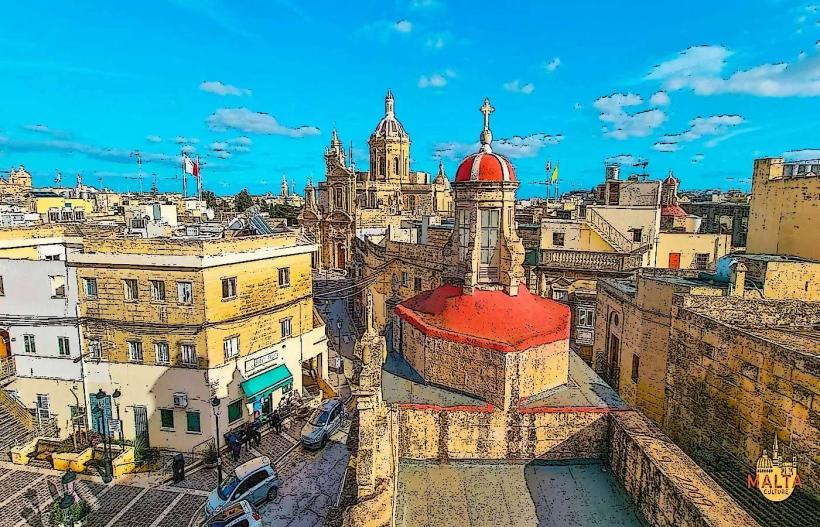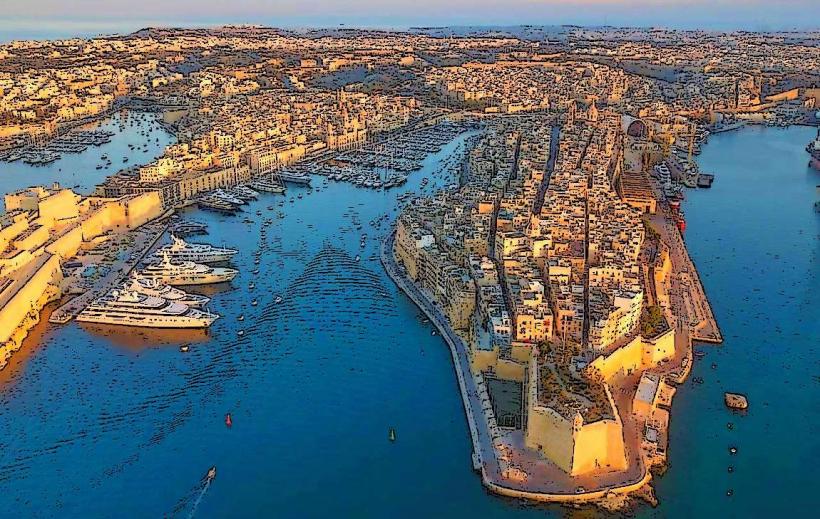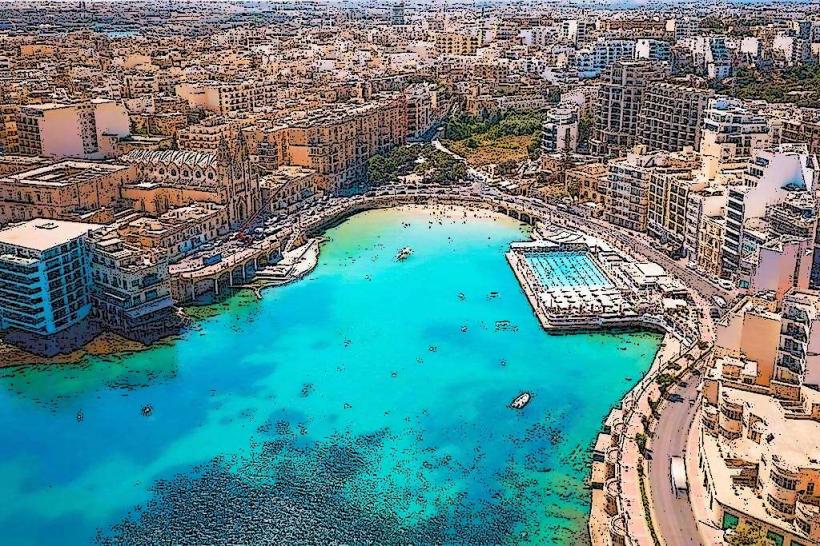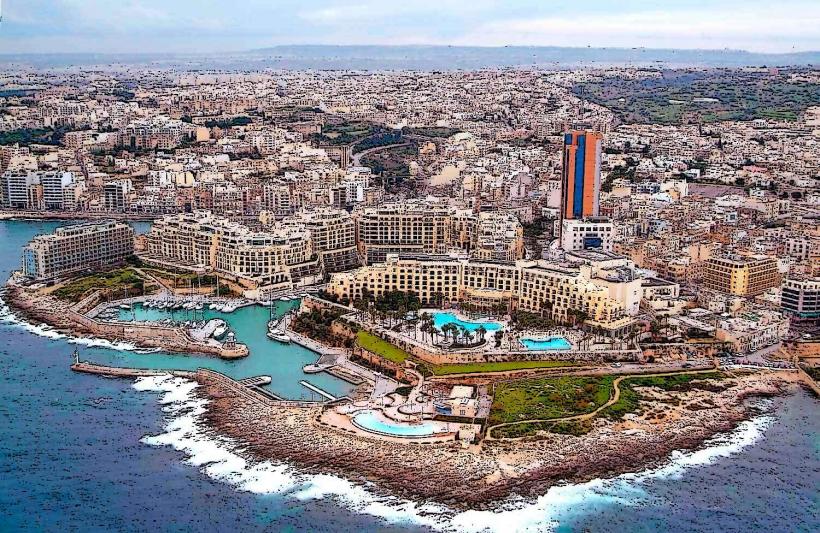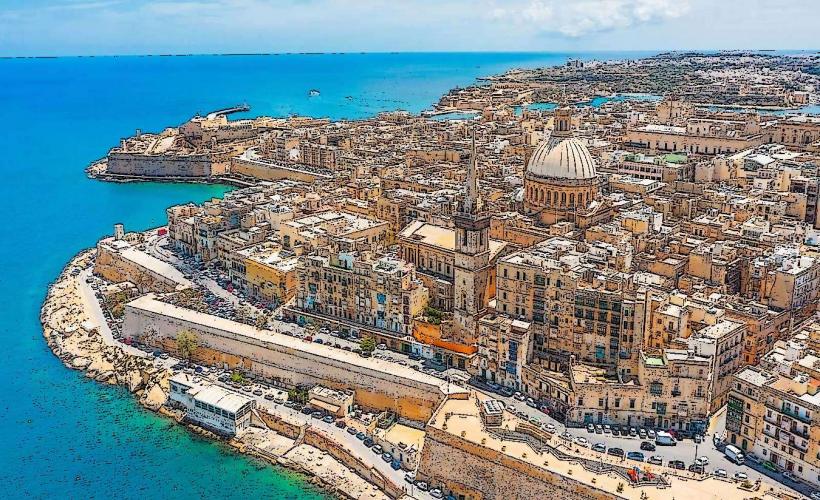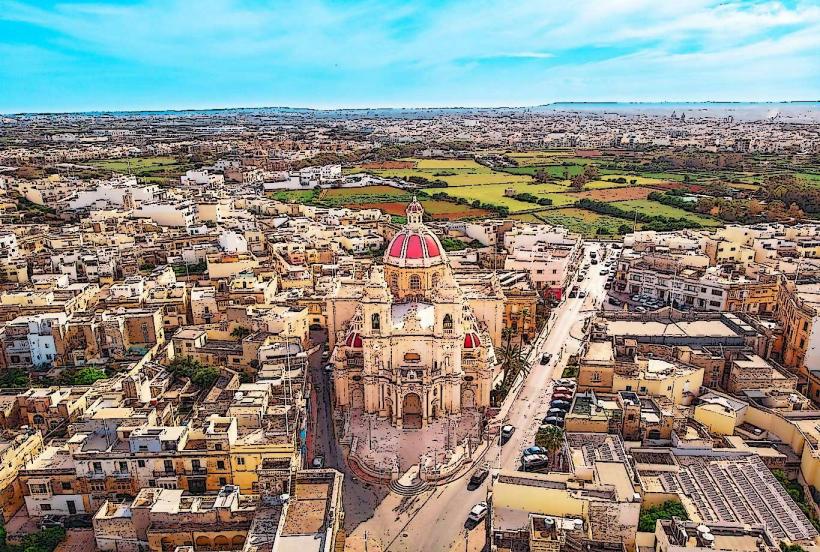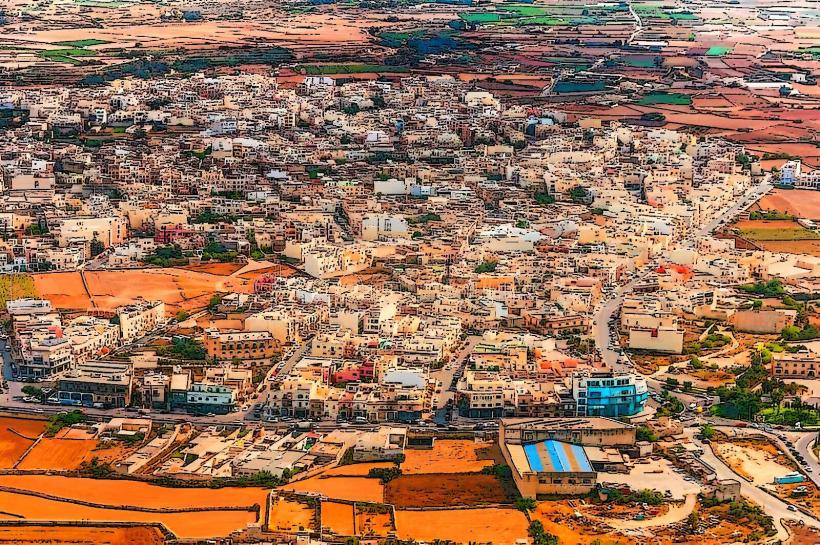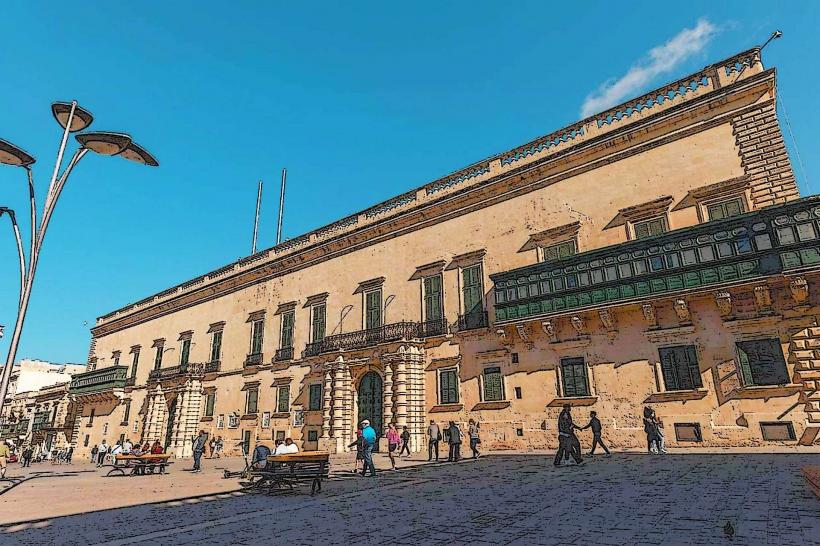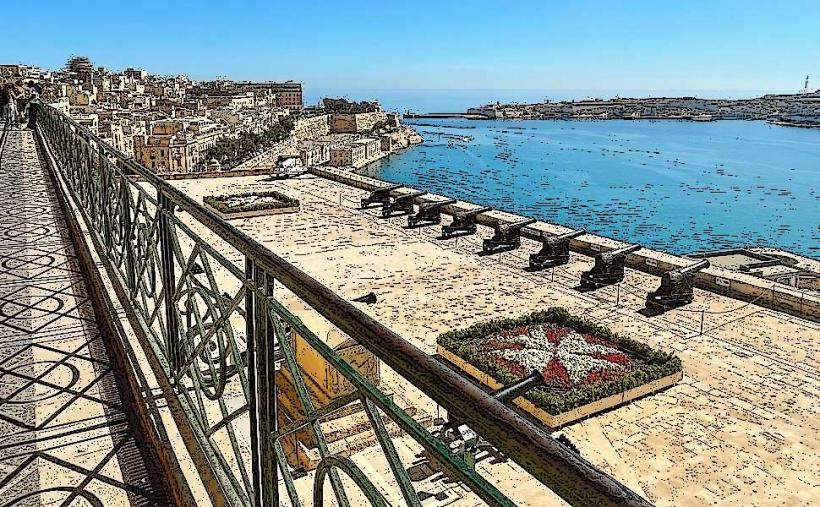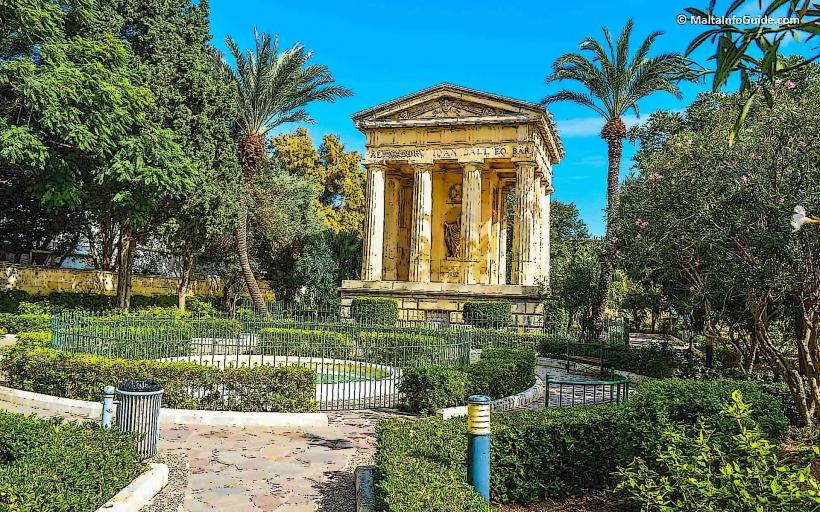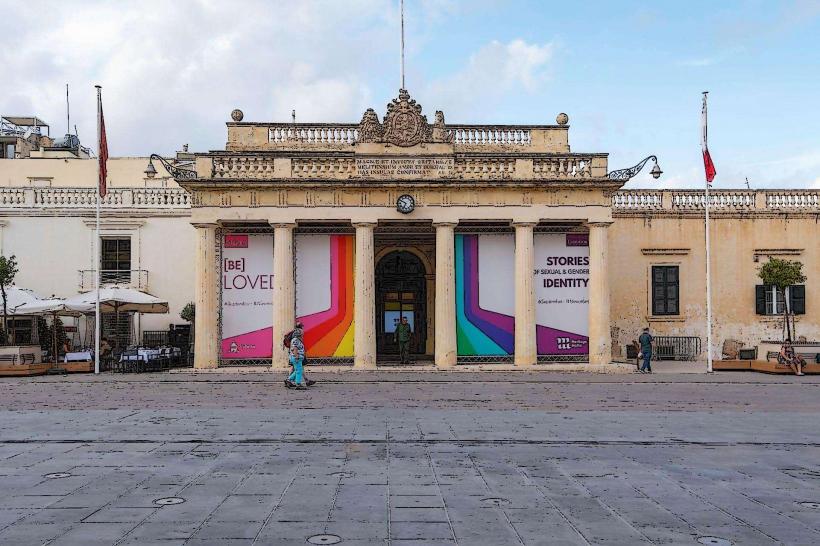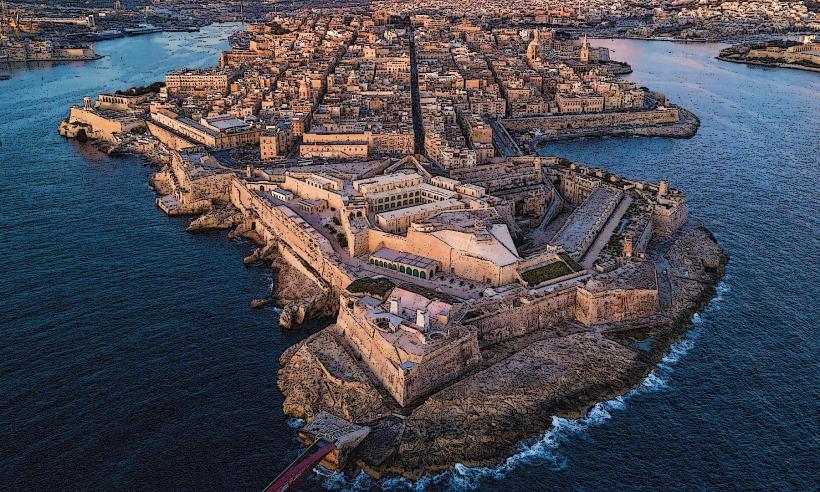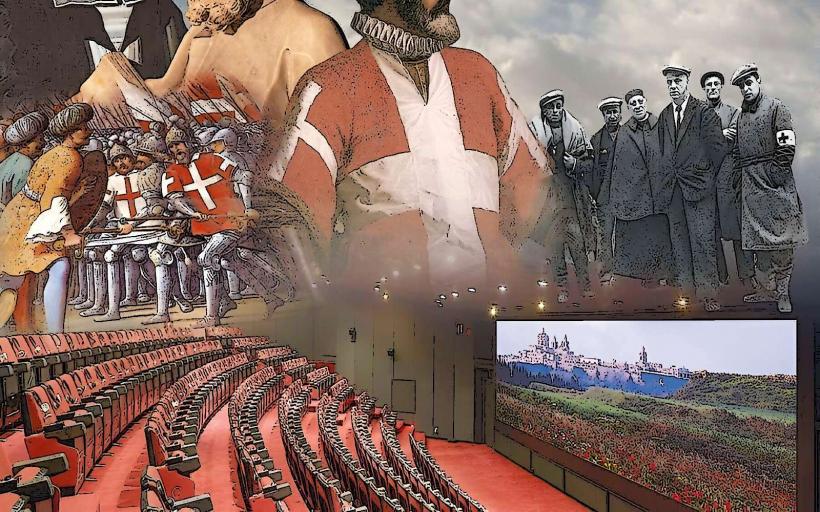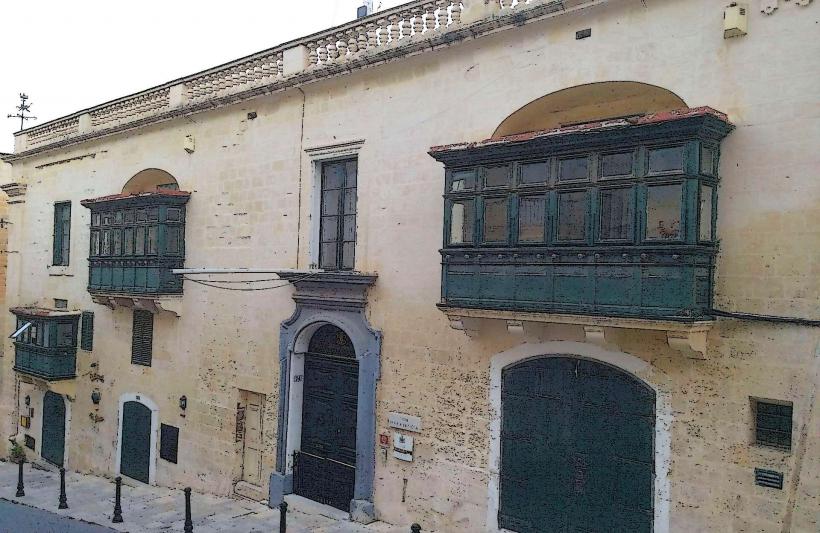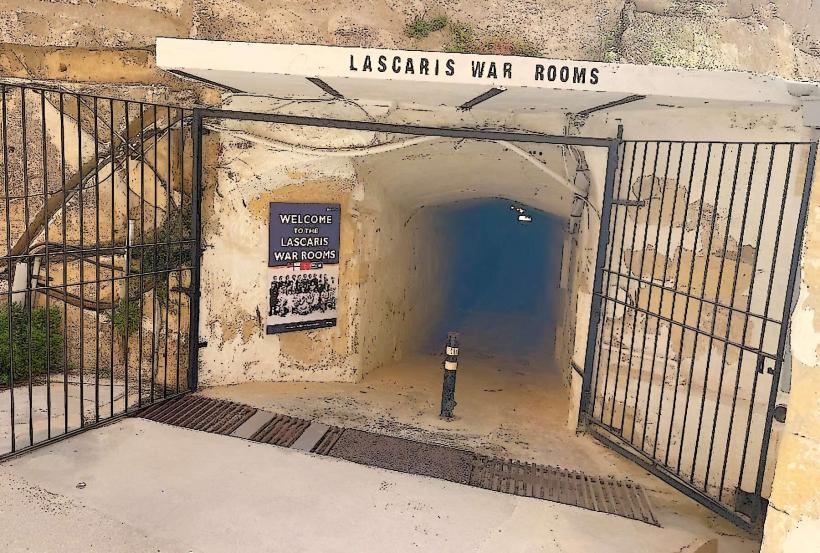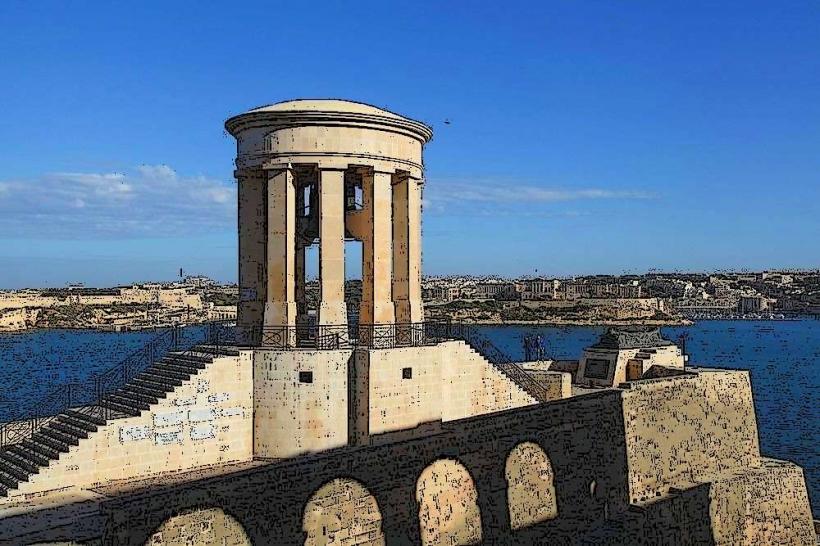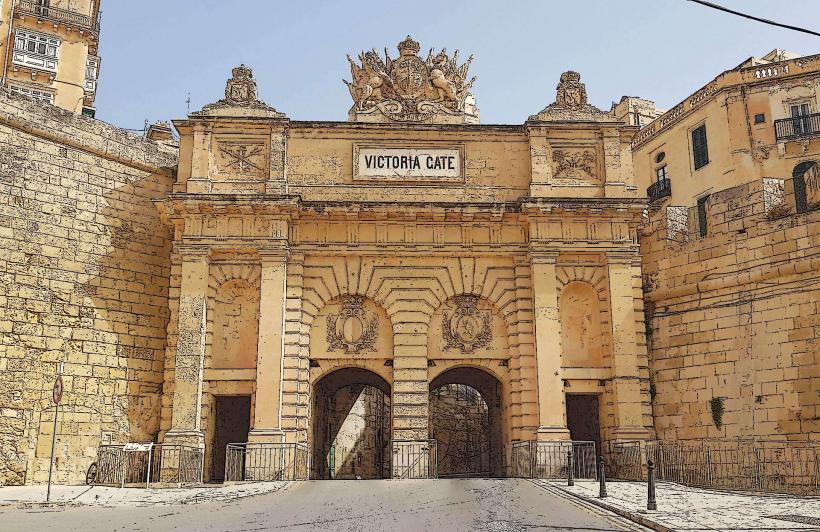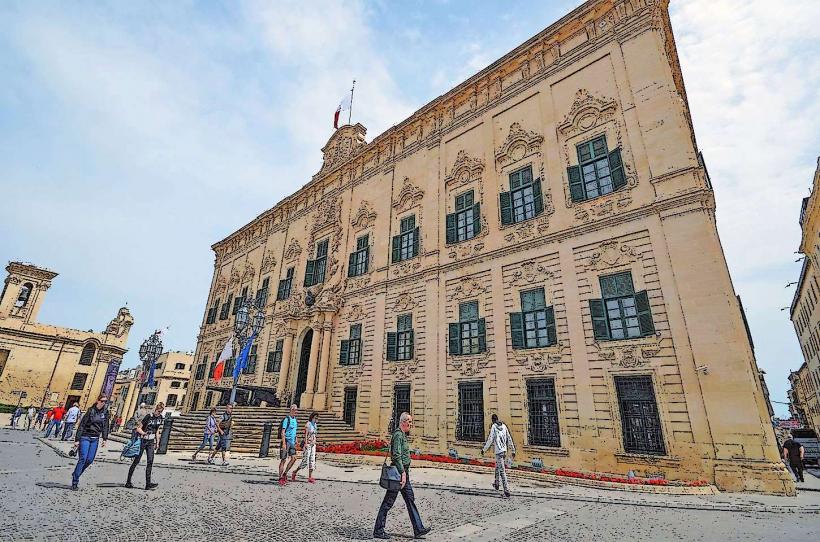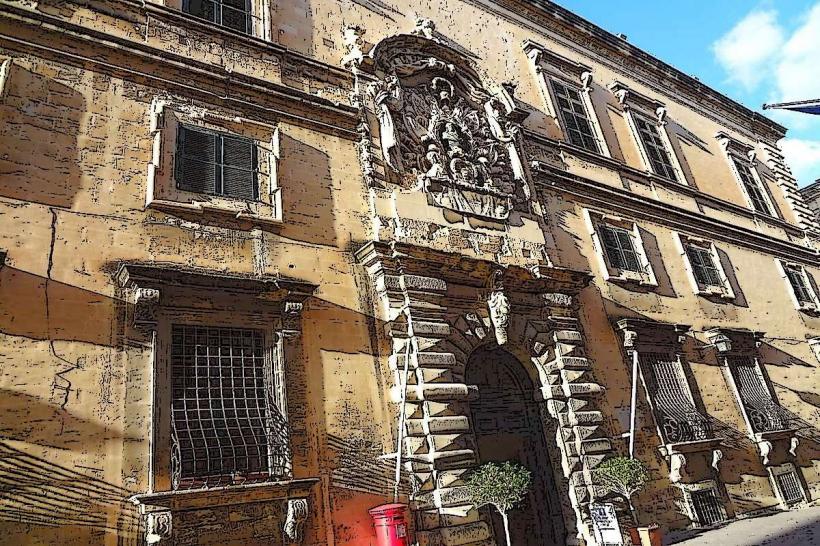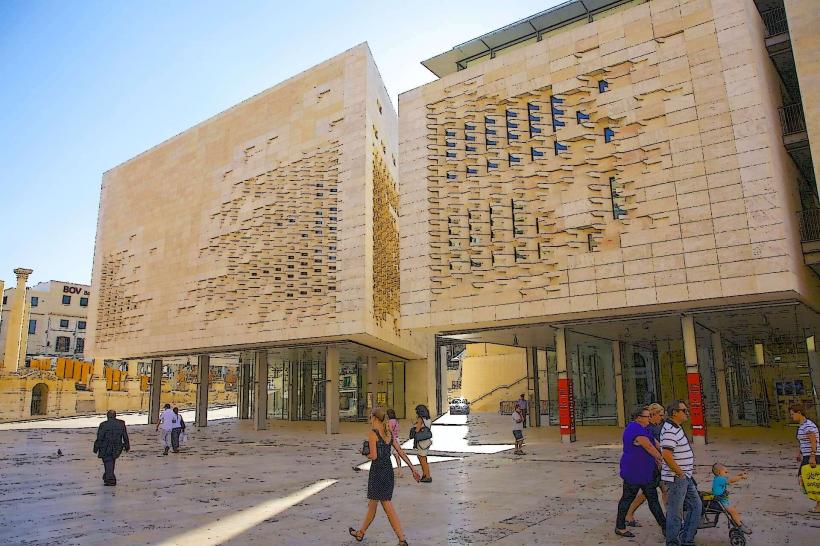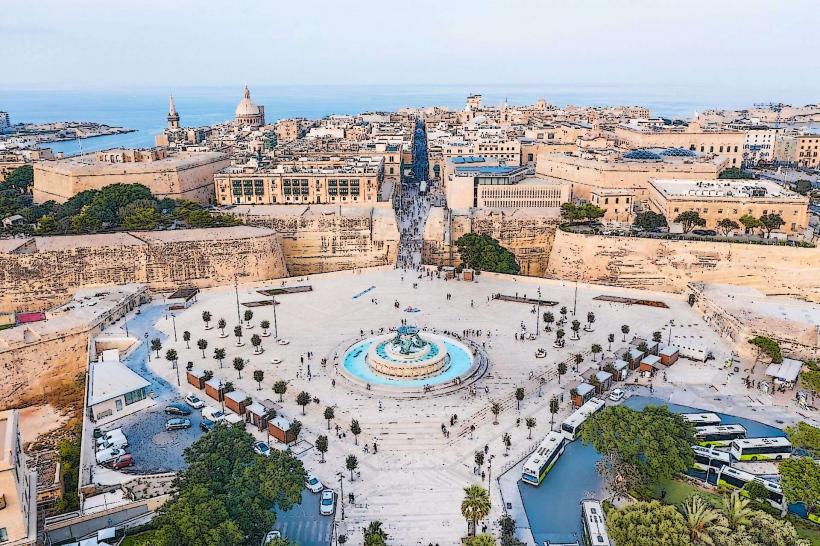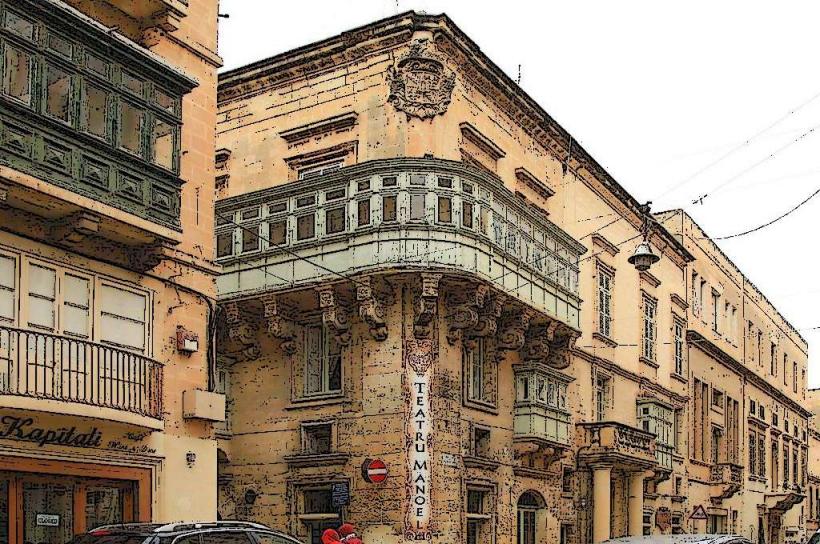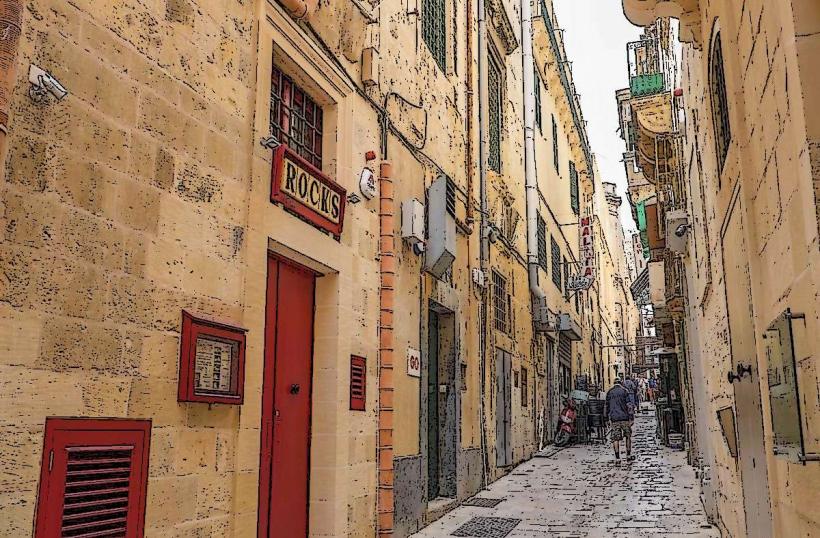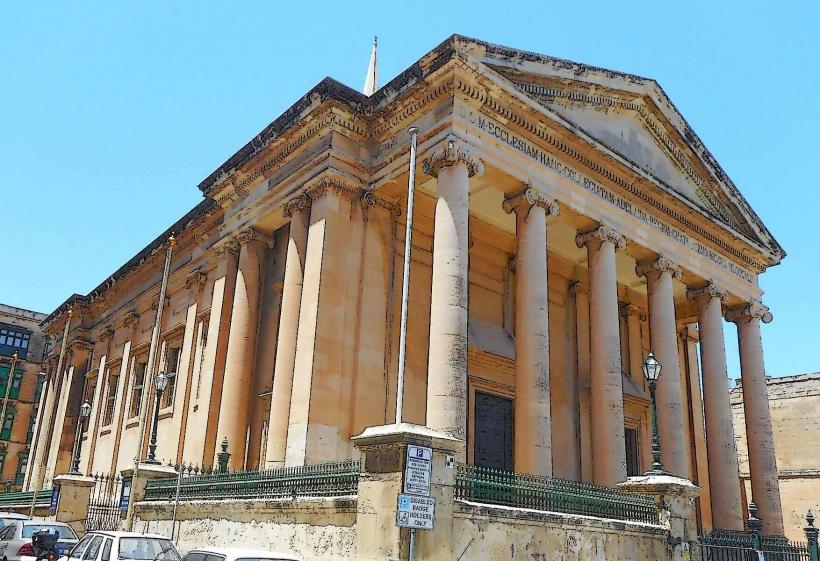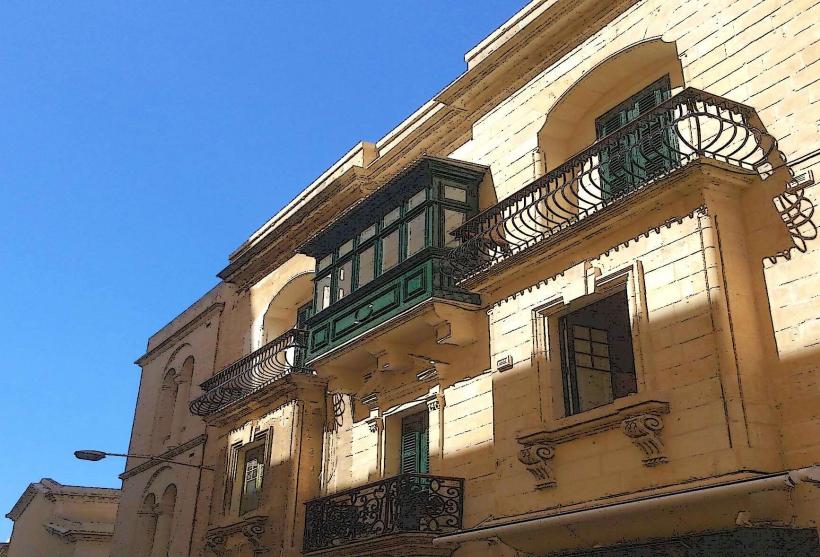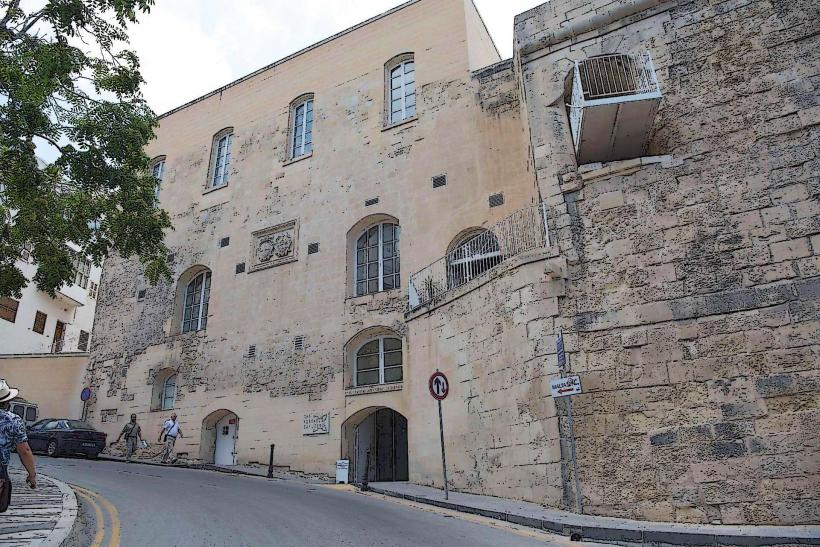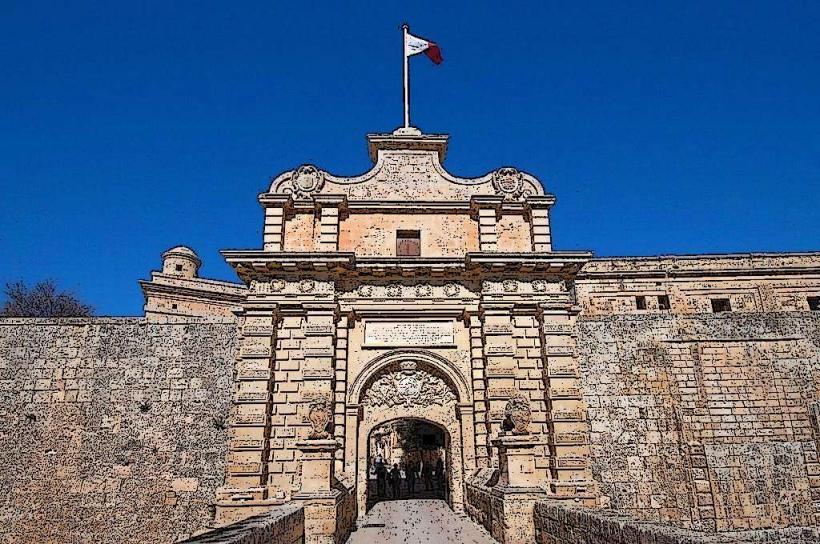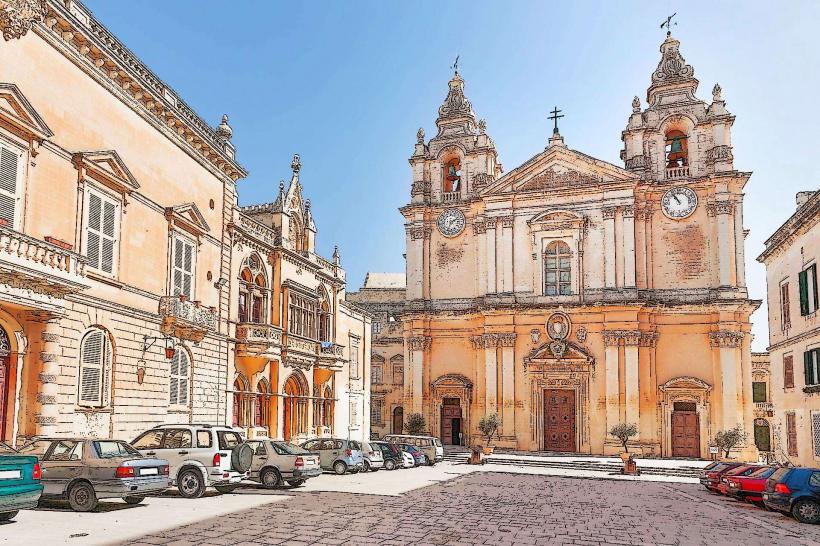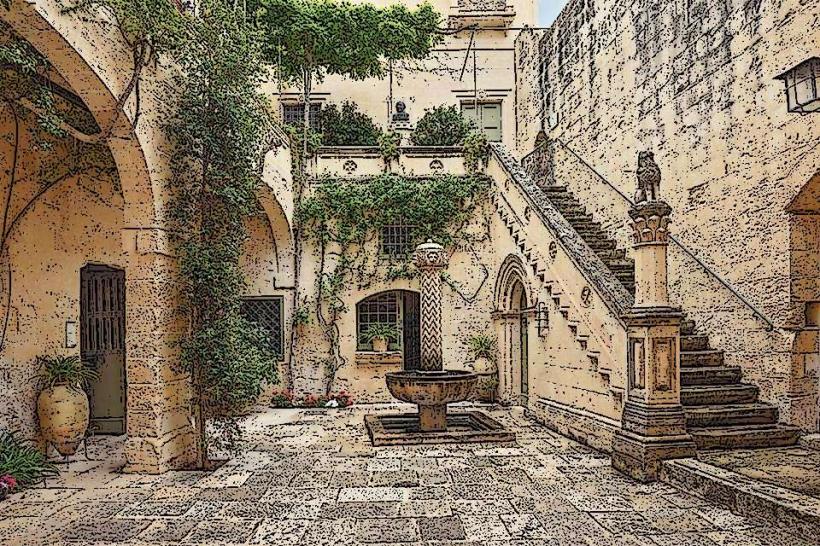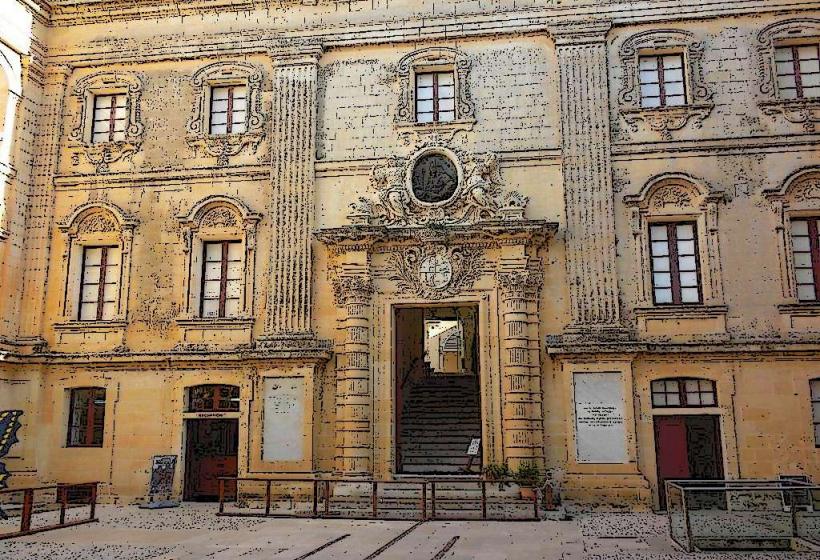Information
Country: MaltaContinent: Europe
Malta, an archipelago in the central Mediterranean, is a small yet historically rich nation renowned for its cultural diversity, strategic importance, and vibrant identity. Located south of Sicily, east of Tunisia, and north of Libya, Malta has been a cultural crossroads for centuries. Here's a detailed overview of Malta beyond its landmarks:
Geography and Natural Features
Archipelago Composition:
- Malta consists of three main islands: Malta (the largest), Gozo, and Comino, along with smaller uninhabited islands like Filfla and St. Paul’s Island.
- The total area of Malta is just 316 square kilometers, making it one of the smallest countries in the world.
Topography:
- The islands are characterized by rocky coastlines, limestone cliffs, and rolling hills. They lack permanent rivers or lakes but have numerous dry river valleys, known as widien.
- Fertile plains and terraced fields dominate the interior, particularly in Gozo, where agriculture thrives.
Climate:
- Malta has a Mediterranean climate, with hot, dry summers and mild, wet winters. It boasts over 300 sunny days a year, making it one of the sunniest places in Europe.
Natural Ecosystems:
- The islands host unique ecosystems, including garrigue habitats (low, aromatic shrubs), seagrass meadows, and rocky coastal habitats.
- Malta is a migratory bird hotspot, lying on key bird migration routes between Europe and Africa.
History and Heritage
Prehistoric Malta:
- Malta’s history dates back to the Neolithic period (circa 5200 BCE), with early inhabitants leaving a rich legacy of megalithic temples, cultural artifacts, and burial sites.
- The islands became a hub for early Mediterranean trade and innovation.
Ancient Rule:
- Malta was influenced by major ancient civilizations, including the Phoenicians, Carthaginians, and Romans. These groups contributed to the development of Malta's language, maritime culture, and early infrastructure.
Medieval Period:
- After the fall of Rome, Malta came under the control of the Byzantines, Arabs, and eventually the Normans. The Arab period profoundly influenced Malta’s language and agricultural techniques.
Knights of St. John:
- In 1530, the islands were granted to the Knights of St. John, who fortified Malta and transformed it into a bastion of European defense against the Ottoman Empire.
Colonial Era:
- Malta was a British colony from 1814 to 1964, during which English became an official language. Its strategic location made it a pivotal naval base, especially during World War II.
Modern Independence:
- Malta gained independence in 1964, became a republic in 1974, and joined the European Union in 2004. Today, it is known for its vibrant blend of Mediterranean and European culture.
People and Culture
Demographics:
- Malta’s population is approximately 520,000, making it one of the most densely populated countries globally.
- The majority of Maltese people are of Southern European and North African descent, reflecting the islands’ historical diversity.
Languages:
- The official languages are Maltese and English. Maltese is a Semitic language with influences from Arabic, Italian, and English, making it unique in Europe.
Religion:
- The majority of Maltese identify as Roman Catholic, and religion plays a significant role in cultural traditions and daily life.
Traditions:
- Malta is known for its vibrant festas, which are religious feasts celebrated with parades, fireworks, and traditional food.
- Carnival and Easter are particularly significant cultural events.
Cuisine:
- Maltese cuisine reflects the country’s Mediterranean heritage, with dishes like rabbit stew (fenek), pastizzi (flaky pastries filled with ricotta or peas), and lampuki pie (a fish pie).
- Local wines and beers, such as Cisk Lager, are popular.
Society and Economy
Governance:
- Malta is a parliamentary republic with a president as the head of state and a prime minister as the head of government.
- It is a member of the European Union, the Eurozone, and the Schengen Area.
Education:
- Malta boasts a strong education system with free public schooling and a high literacy rate.
- The University of Malta, established in 1592, is one of the oldest universities in the Mediterranean.
Healthcare:
- Malta provides universal healthcare and is known for its high-quality medical services. It has a long history of healthcare traditions dating back to the Knights of St. John.
Economy:
- Malta has a diverse economy centered on tourism, financial services, manufacturing, and information technology.
- The maritime industry is significant, with Malta’s shipping registry being one of the largest in the world.
- The islands have also emerged as a hub for online gaming and blockchain technology.
Transport:
- Malta’s compact size makes transportation efficient. Public buses are a primary means of transport, supplemented by ferries connecting the islands.
- Driving is on the left, a legacy of British rule.
Modern Challenges
Urbanization and Overdevelopment:
- Rapid urban growth and tourism have led to concerns about the loss of Malta’s natural landscapes and historic character.
Environmental Concerns:
- Malta faces challenges such as water scarcity, coastal erosion, and marine pollution due to its small size and heavy reliance on natural resources.
Migration:
- Due to its geographic position, Malta has become a destination and transit point for migrants and refugees crossing the Mediterranean, presenting social and logistical challenges.
Lifestyle and Daily Life
Community Life:
- Maltese communities are closely knit, with a strong emphasis on family ties and social networks.
- Daily life revolves around traditional cafes, markets, and community gatherings.
Leisure Activities:
- Popular activities include swimming, diving, and boating, reflecting Malta’s maritime culture.
- The Maltese enjoy a slow-paced lifestyle, balancing work with leisure and social activities.
Art and Music:
- Malta has a thriving arts scene, including traditional folk music (għana), contemporary art, and theater.
- Annual events like the Malta International Arts Festival showcase the islands' creative talent.
Conclusion
Malta is a small country with a big personality, offering a unique blend of historical depth, cultural diversity, and natural beauty. Its strategic location and dynamic history have shaped a distinctive identity that continues to thrive in the modern era. Beyond its landmarks, Malta's people, traditions, and way of life make it a fascinating place to explore.

